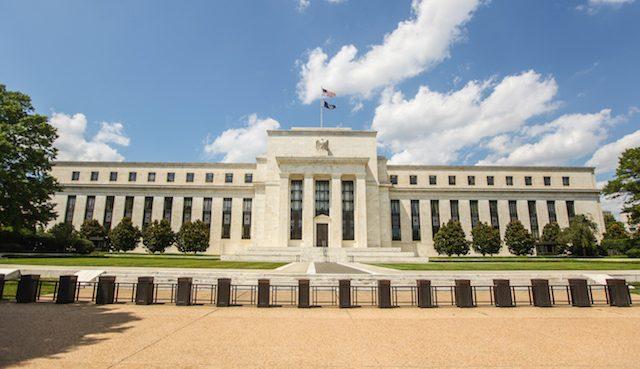Following are five big themes likely to dominate thinking of investors and traders in the coming week.
Bonds On The Run
U.S. Treasuries—and maybe financial markets across the world—are at a critical juncture. The bond selloff is gathering pace, pushing 10-year yields above 3 percent to the highest since May and within sight of levels last seen in 2011.Is this the breakout, the reversal of the 30-year bull market, that some people have spent years predicting? If 10-year yields break above 3.128 percent, that view will gain credence. There are still plenty of political, fundamental and relative valuation reasons for buying bonds. But once a market move picks up momentum, it can be hard to stop.





